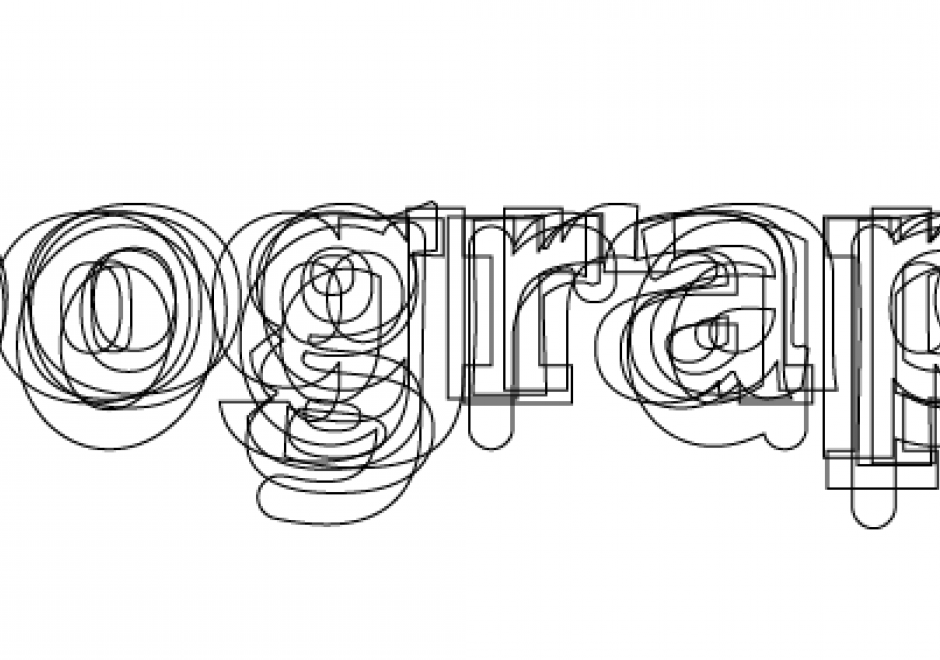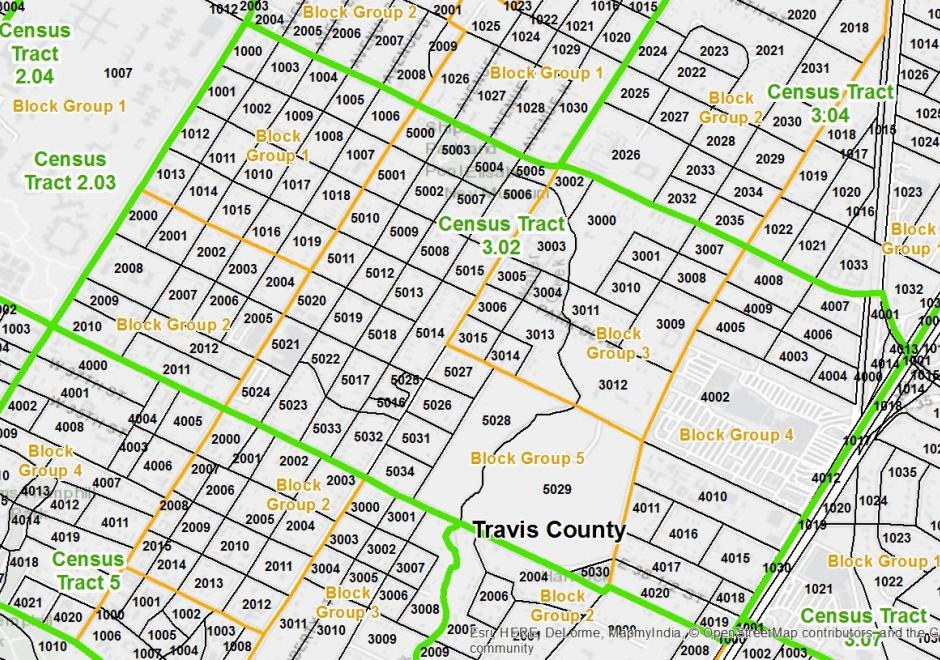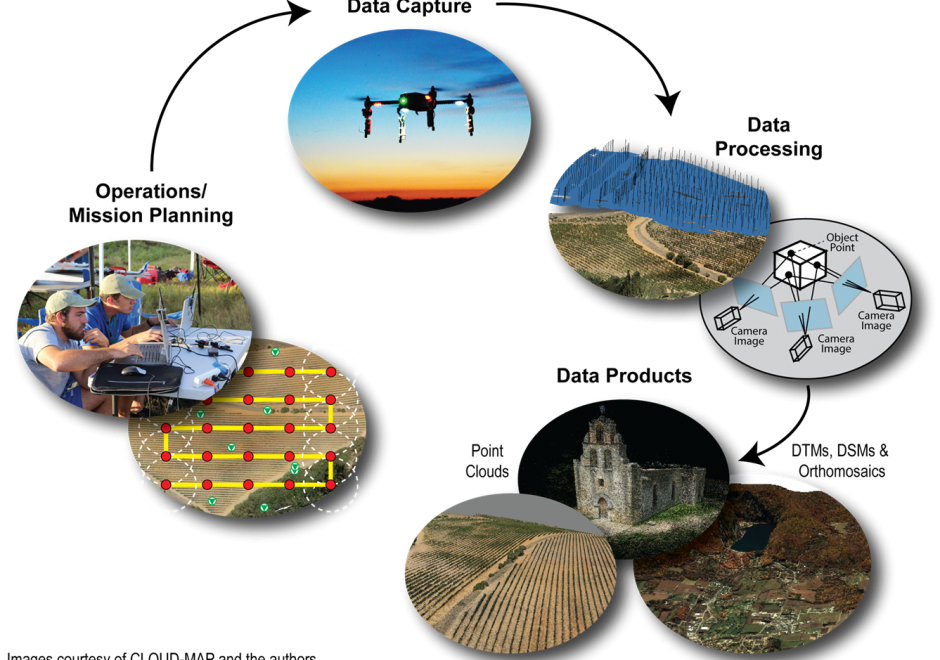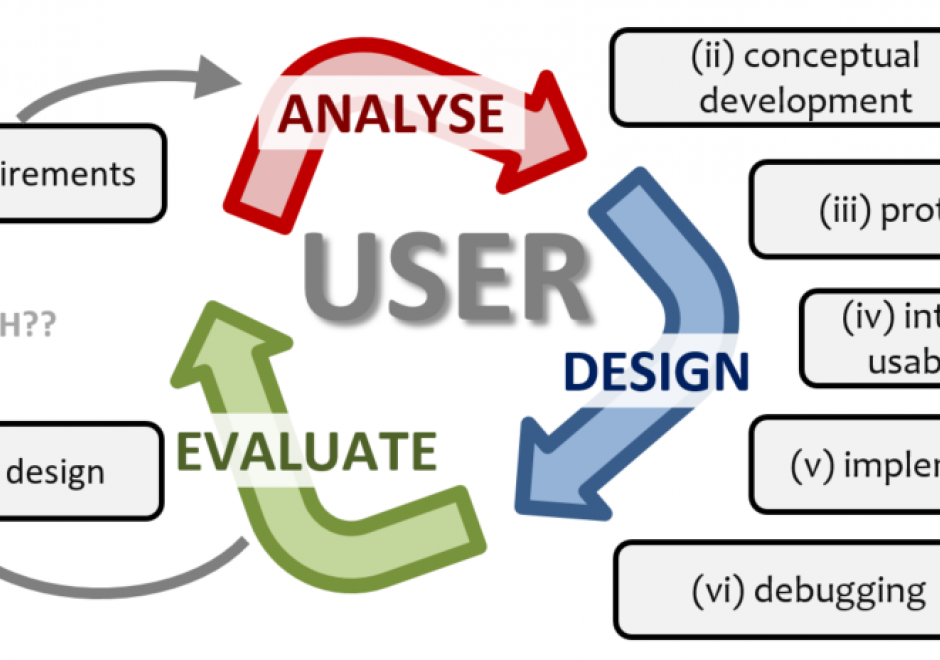DM-10 - The Triangulated Irregular Network (TIN) model

- Describe how to generate a unique TIN solution using Delaunay triangulation
- Describe the architecture of the TIN model
- Construct a TIN manually from a set of spot elevations
- Delineate a set of break lines that improve the accuracy of a TIN
- Describe the conditions under which a TIN might be more practical than GRID
- Demonstrate the use of the TIN model for different statistical surfaces (e.g., terrain elevation, population density, disease incidence) in a GIS software application






DM-13 - The topological model